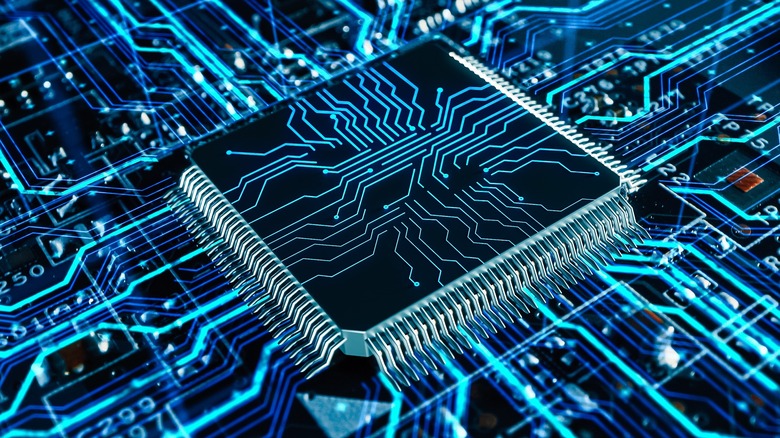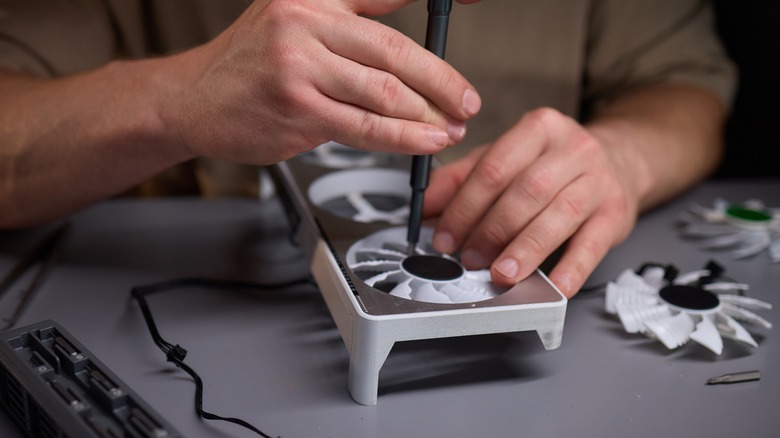Computers 101: What Does APU Stand For?
Ever notice how there are a lot of acronyms for computer stuff? API, BIOS, CPU, DOS (not to be confused with DoS), DRAM, GPU, HDD, RAM, ROM, and a whole lot more... It can get downright overwhelming. Though at least a few of them have become somewhat well known (or at least heard of) in the greater public consciousness.
So what the heck does "APU" mean (hint: it has nothing to do with API, or Application Programming Interface)? Is that anything like "CPU" (Central Processing Unit) or "GPU" (Graphics Processing Unit, often referred to as graphics cards)? Because they do sound similar. Well, if you're already familiar with those two examples, it's not too difficult to guess. Or at least safely assume the last bit is short of "Processing Unit" of some kind.
It's the "A" that makes all the difference. All together, it's shorthand for "Accelerated Processing Unit" — but an APU's function is a bit less straightforward than the name implies. It's also not something you're going to find in all computer hardware, but there are certain situations and setups where APUs come in clutch.
It's a lot like the other PUs
You might think, based on this designation, that an APU is simply an extra internal component to provide support for other processor functions (i.e. help the computer go faster), but in reality the APU pulls double-duty as both a system's CPU and GPU.
The CPU is essentially the core of a computer system, and the GPU is essential for visual computer elements like games and video rendering. APUs allow a computer to pull off regular processes and graphical ones even if there's no separate graphics card installed, and they're quite common in compact systems like laptops, because a single chip doesn't require as much space as two (and APUs usually draw less power). The big drawback is that a standalone CPU (or rather, CPU and GPU combo) usually offers more processing power compared to a single APU.
You're not likely to be running games with buttery smooth, high-fidelity visuals with just an APU, either. Though it is possible to install a separate GPU along with a computer's APU to handle the more processor-heavy tasks. Provided the computer's physical hardware can accommodate the installation of a separate graphics card in the first place, of course.

